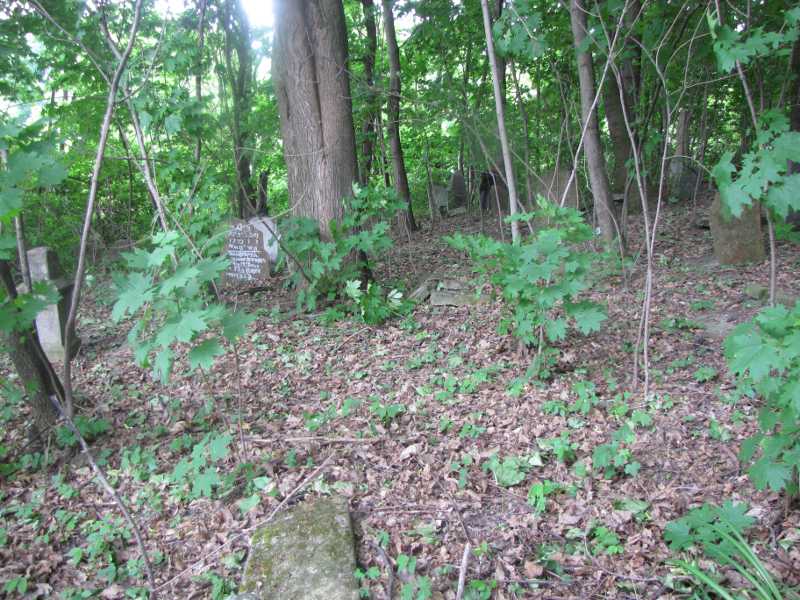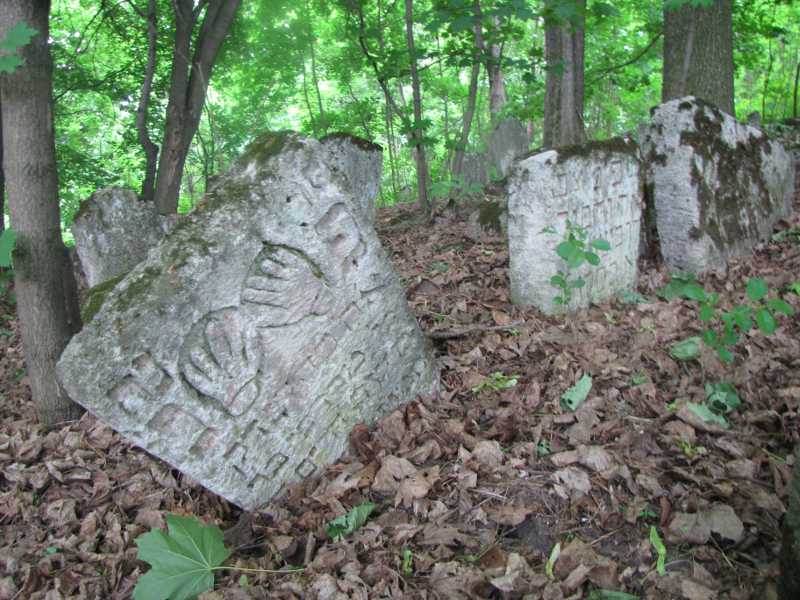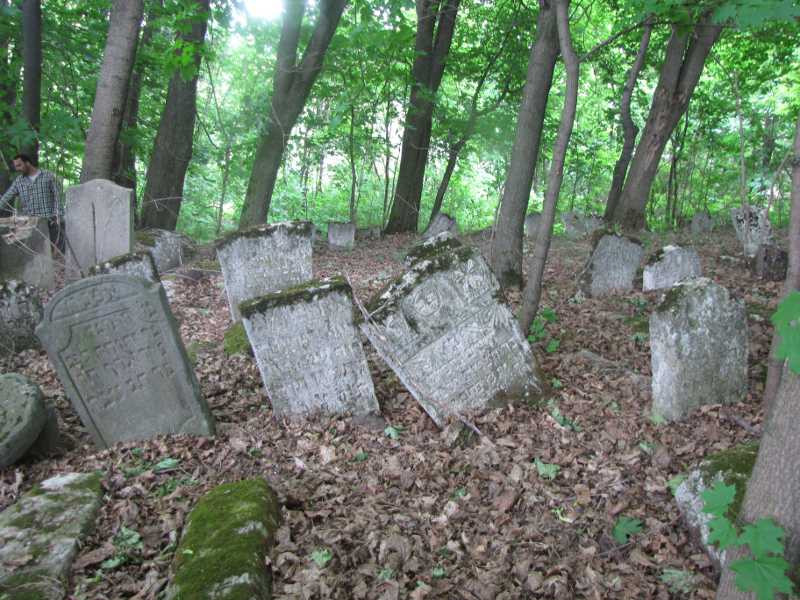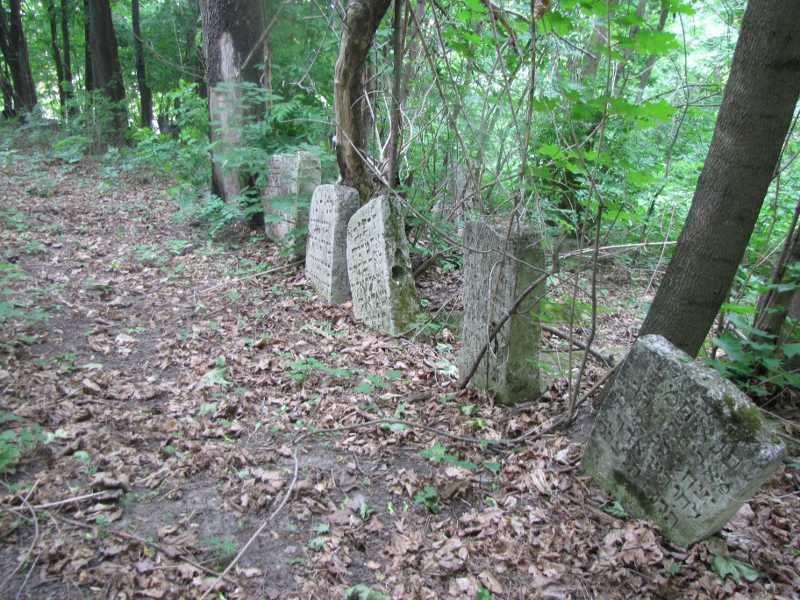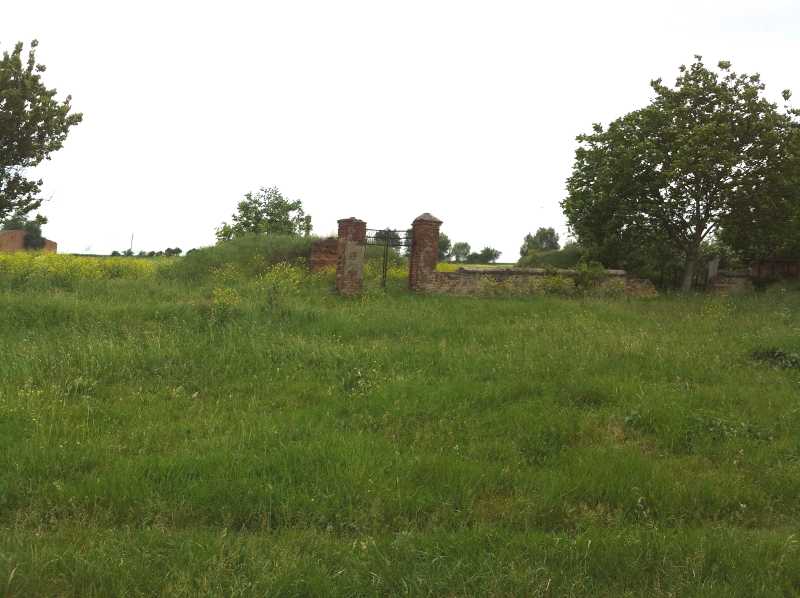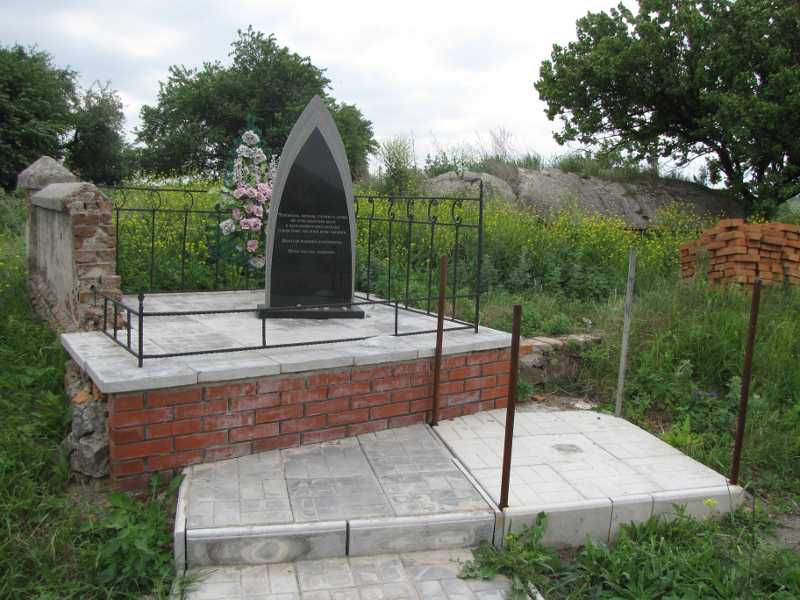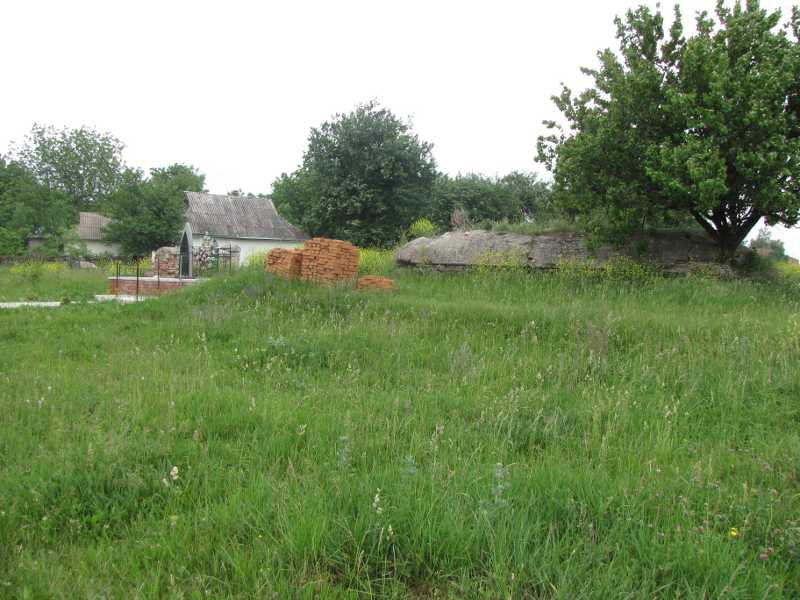Alternate names: Obodivka and Нова Ободівка [Ukr], Obodovka and Ободовка [Rus, Yid], Obodówka [Pol], Hobodovka, Obodovka Novaya, Nova Obodivka. 48°24' N, 29°15' E, 67 miles SSE of Vinnytsya, 36 miles NNW of Balta, 18 miles NW of Olgopol, 12 miles W of Bershad. 1900 Jewish population: 1,676.
- Encyclopedia of Jewish Life (2001), p. 923: "Obodovka".
- Shtetl Finder (1980), p. 64: "Obodovka, Hobodovka".
- Słownik Geograficzny Królestwa Polskiego (1880-1902), VII, pp. 333-334: "Obodówka".
- JewishGen Ukraine SIG
- KehilaLink [December 2012]
Jewish history: "Obodovka was a town in the Vinnitsa district of the Ukraine. When the Germans captured the town on July 28, 1941, they attached it to a newly created area called the Transnistria. This area was the region in the western Ukraine, between the Bug River in the east, the Dniester in the west, the Black Sea in the south, and a line beyond Mogilev in the north, which was captured by German and Romanian forces in the summer of 1941. Hitler turned the area over to Romania as a reward for its alliance with the Germans. Before the war, the Jewish population of the Transnistria was about 300,000. A significant number of these Jews were killed by Einsatzgruppe D (see Einsatzgruppen), and German and Romanian forces. Beginning in September, 1941, over 150,000 persons, primarily Jews, were deported from the Romanian areas of Bessarabia, Bukovina, and northern Moldavia. Over 9,000 of these Jews were confined to a ghetto in Obodovka. Most of these Jews died from starvation and disease." [July 2012]
Obodovka (Ukrainian Obodіvka in XVI-XVII centuries. - Badovka, Jews enjoyed Ukrainian name) - the village Trostyanetsky region Vinnytsia region, up to 1923 - the county town Olgopolskogo Podolia. Jews lived in Obodovka probably the first half of the XVII century . This is indicated by the mention of a river. Meir of Badovki in the responsa of Rabbi Jail p. Nathan-Note Kagan on the case of "Agun" lost her husband during the Cossack massacres 1648 - 1649 gg. If here and there the Jewish community, it is likely, it was completely destroyed during the Cossack wars. Several Jewish families settled in the village in the middle of Obodovka XVIII century. In 1765 there were 33 Jews who lived in five houses, all the community has been attributed to 266 people, including 28 residents of nearby villages. in 1852 was registered in Obodovka 29 Jewish craftsmen. In 1889 there were 808 Jews here containing two synagogue at the beginning of the XX century. in the village were three synagogues and two for the community (in the Old and New Obodovka). Due to its location at the crossroads of major roads, the village was one of the malls edge. On Tuesdays there were bazaars. Almost all shops and stores (more than forty) belonged to Jews (among various shops was even a shop artificial corals). Jews owned pharmacy and a lumberyard, a watermill, an inn tea.During the Civil War community Obodovka suffered heavily from the mayhem. In the first decade of May 1919 peasant gang who brought before the bloody massacre in Trostyantse, took Obodovka. Jewish men were gathered in the market square and machine-gunned. According to various reports, the deaths of 150 to 300 people. After the war the town was on the verge of dying. 500 lived there before the war, Jewish families have no more than 40 men, 20 - 30 people and 150 young children. Jewish orphanage, which opened March 18, 1923, and supported financially Evobschestkom "Joint". It is home to 60 children whose parents were killed in a pogrom. Jewish population in 1923 was 411 people. in the 1930s. in the village was organized Jewish collective farm named after Stalin. Until the war began here acted synagogue. Before the war, there lived 535 Jews (6% of the population). July 28, 1941 entered into Obodovka German tank unit, and in August of the same year it was found Romanian occupation administration. The Jewish Quarter was converted into the ghetto surrounded by barbed wire. In November 1941 Obodovka arrived about ten thousand Jews deported from Romania. Those who bribed Romanian officers settled in the homes of local Jews to 15 - 16 people in the room, the others were placed in barns and stables. winter of 1941/42 a few thousand ghetto died from typhus epidemic among them and the family " boyanovskogo "rebbe. Take out the dead body was no one buried them in April 1942 Farmers for fear epidemic forbade Jews to use the wells. Some locals still helped ghetto prisoners, leaving the fence bucket with boiled potatoes. ghettos Council, appointed by the gendarmerie, organized Jewish police, while material assistance Assistance Committee in Bucharest was set free cafeteria and hospital with 12 beds. ghetto residents forced to use construction and agricultural work. In 1943 Obodovka was about 1,600 Jews, many of them kept in touch with the guerrillas. In February 1944, retreating German soldiers passed through Obodovka, robbed and killed Jews. In early March, the Austrian part of the town arrived, the soldiers and officers who distributed food and Jewish ghetto established protection from looters. During the occupation on a farm 3km from Obodovka on the way to the sugar refining plant killed several thousand Jews deported. Memorial sign at this point no. According to the Commission of Inquiry on Nazi atrocities in the occupied territories during the war Obodovka destroyed about eleven thousand Jews. In 1943, in the area acted Obodovka partisan unit in the organization of which he took an active part local Meir Caves. Some time after the war in a place continued community life. At the turn of the 1990s. in Obodovka was about 20 Jews in the late 1990s. - Three. In 2012 Jews did not live here. Lukin, "100 Jewish towns in Ukraine" Detailed description of the photos, [Mar 2014]
OBODOVKA I: US Commission No. UA01040101
Alternate name: Badovka (Polish). Obodovka is located in Vinnitskaya O.Trostyanets at 49°38 25°55, 328km from Odessa, 132km from Vinnitsa and 114km from Rovno. The cemetery is located to right of road to sugar factory going toward Berdash. Present town population is 5,001-25,000 with fewer than 10 Jews.
- Town officials: Town Executive Council-Dahnenko Nikola Nikoforovich [Phone: (04343) 24070].
- Regional: Vinnitski Oblast Council, Melnick Nikola Evtuhovich [Phone: (0432) 327540]. Vinnitski Oblast Cultural Society-Ilchyk Nikola Nikolaevich [Phone: (0432) 325637].
- Vinnitski Oblast Jewish Community, Gubenko Bella Aronovna [Phone: (0432) 351666].
The earliest known Jewish community was 16th century. 1939 Jewish population (census) was 24. Effecting Jewish Community were Chmelnitski pogroms, 1648-9, Pogrom, 1919 shooting of 350 Jews buried in a mass grave on the bank in the direction of Chechelnika, and 1941-4 Ghetto (see notes [sic]). The Jewish cemetery was established in the 19th century with last known Jewish burial 1993. No other towns or villages used this unlandmarked Hasidic cemetery. The isolated suburban hillside has signs in other languages. Reached by turning directly off a public road, access is open to all. A continuous fence with a non-locking gate surrounds. 501 to 5000 stones, most in original location with less than 25% toppled or broken, date from 19th to 20th century. Location of any removed stones is unknown. The cemetery has special sections for men, women, Cohanim and children. Some tombstones have traces of painting on their surfaces, iron decorations or lettering, other metallic elements, portraits on stones and/or metal fences around graves. The cemetery contains unmarked mass graves. Municipality owns property used for Jewish cemetery and waste dumping. Properties adjacent are agricultural and residential. The cemetery boundaries are larger now than 1939. Frequently, private Jewish or non-Jewish visitors. The cemetery was vandalized during World War II and occasionally in the last ten years. Jewish individuals within country and abroad did re-erection of stones, patched broken stones, cleaned stones, cleared vegetation, fixed wall and fixed gate in 1945-1948. Occasionally, individuals clean or clear. Within the limits of the cemetery are no structures. Vegetation overgrowth is a constant problem, disturbing graves. Water drainage at the cemetery is a seasonal problem. The entire older part of the cemetery is overgrown, damaging graves. Very serious threat: vegetation. Moderate threat: uncontrolled access, vandalism and existing nearby development. Slight threat: weather erosion and pollution.
Photos of Obodovka cemetery, located at the entrance to the village, courtesy This email address is being protected from spambots. You need JavaScript enabled to view it. [June 2012]
Oks Vladimir Moiseevich of 270065, Odessa, Varnenskaya 17D, Apt. 52 [Phone: (0482) 665950] visited site and completed survey on 6/15/94. Interviewed were those living in Obodovka. Documentation: City Populations of the Russian Empire, Podol region, 1864; Population of Towns of the Podol Region, Krilov, 1905; Historical Monuments in Podol-Kamanets Region, Gulman 1901; National Minorities in Ukraine, Register, 1925. Other documentation exists but was inaccessible.
I have a photograph of the cemetery and a Hebrew list of names of Jews killed in a pogrom in Obodovka on 11th Iyar 5679 and buried in a mass grave in a cemetery there. Adam Laver. Hebrew List was translated by Stan Goodman. Donated to JOWBR at its inception.
OBODOVKA II: US Commission No. UA01040501
The mass grave is located at North, 3 km near the historical town of Obodovka. 1919 pogrom was followed by 1920 community organization liquidation. The Jewish mass grave was dug in 1941. Bessarabia (200 km away), Bukovina (350 km away) and Savran (350km away) Jews were murdered in this unlandmarked mass grave. The isolated suburban flat land has no sign or marker. Reached by turning directly off a public road, access is open to all. No wall, fence, or gate surrounds the mass grave. The approximate size of mass grave is now 0.01 hectares. No stones were removed. The site contains unmarked mass graves. Municipality owns site used for mass burial site. Properties adjacent are commercial or industrial, agricultural and residential. Occasionally, organized individual tours visit. The mass grave was vandalized during World War II but not in the last ten years. There is no maintenance now. Within the limits of the mass grave are no structures. Vegetation overgrowth is a seasonal problem, preventing access. No security. The sugar factory is taking over land for new buildings. Very serious threat: uncontrolled access. Moderate threat: pollution, vegetation, and vandalism, existing nearby and proposed development. Slight threat: weather erosion.
Oks Vladimir Moiseevich of 270065, Ukraine, Odessa, Varnenskaya 17d, Apt. 52 [Phone: (0482) 665950] visited site and completed survey on 3/6/95. Interviewed were Koren M.L. of Obodovka in 06/1994 and Burd B.A. of Obodovka in 06/1994. Other documentation exists but was inaccessible.
Photos of mass grave courtesy This email address is being protected from spambots. You need JavaScript enabled to view it. [June 2012]

